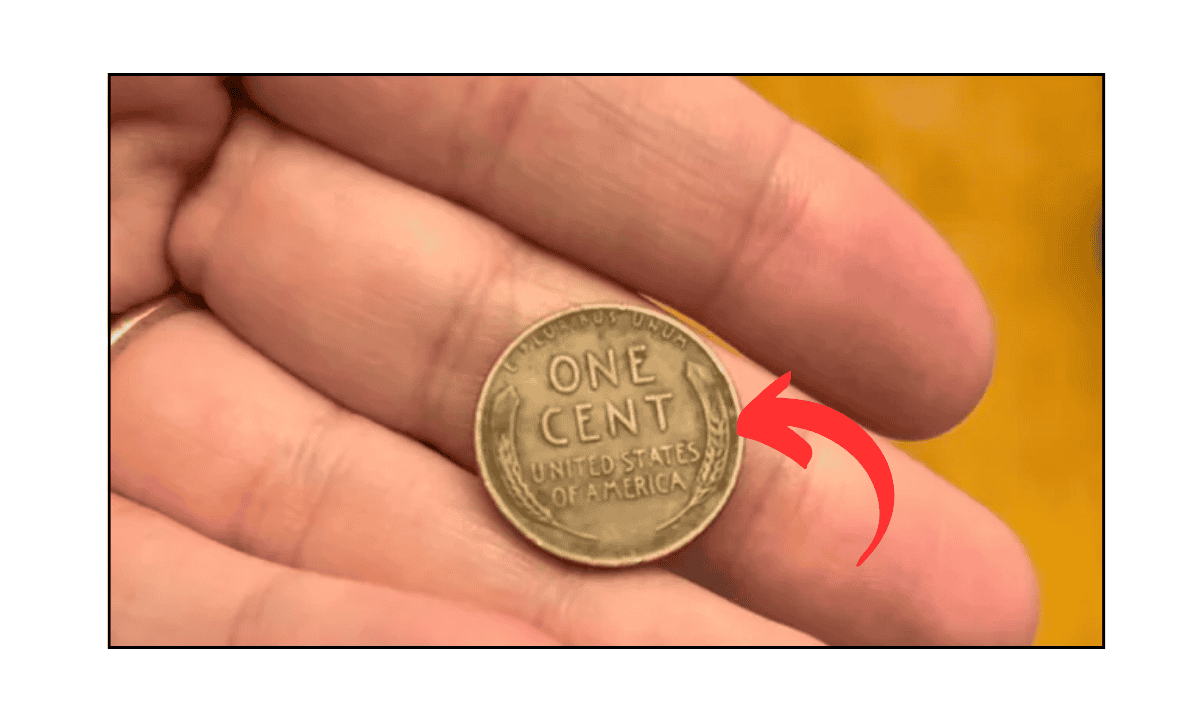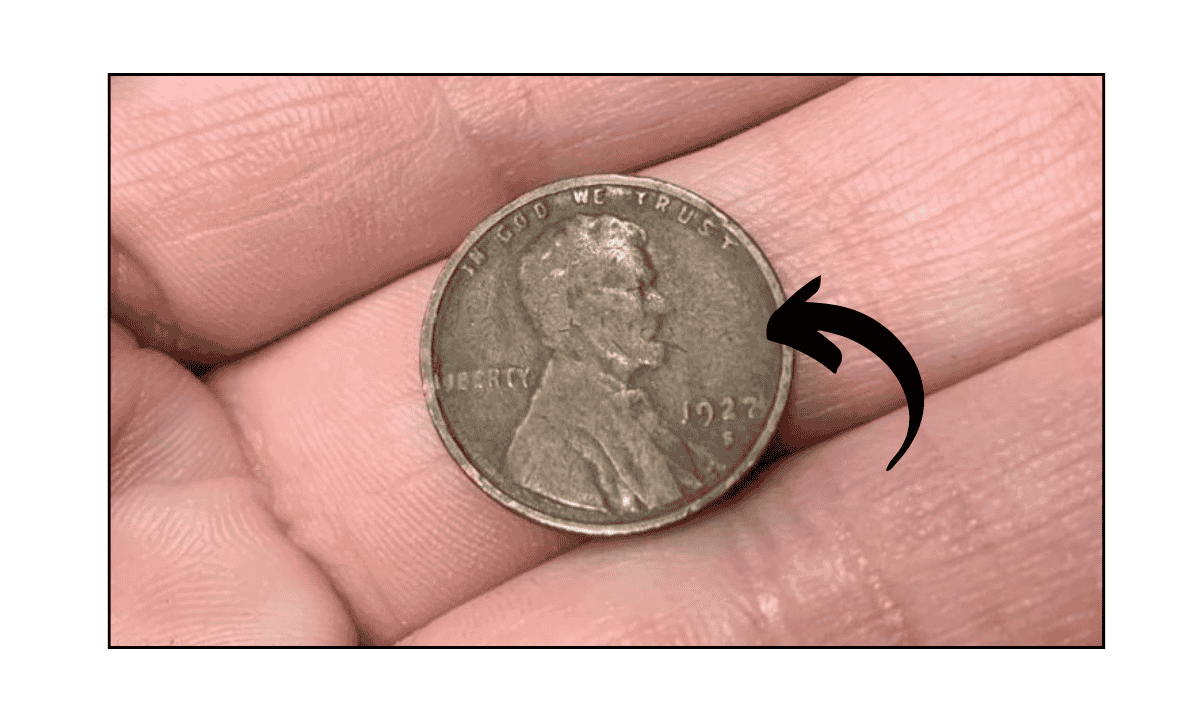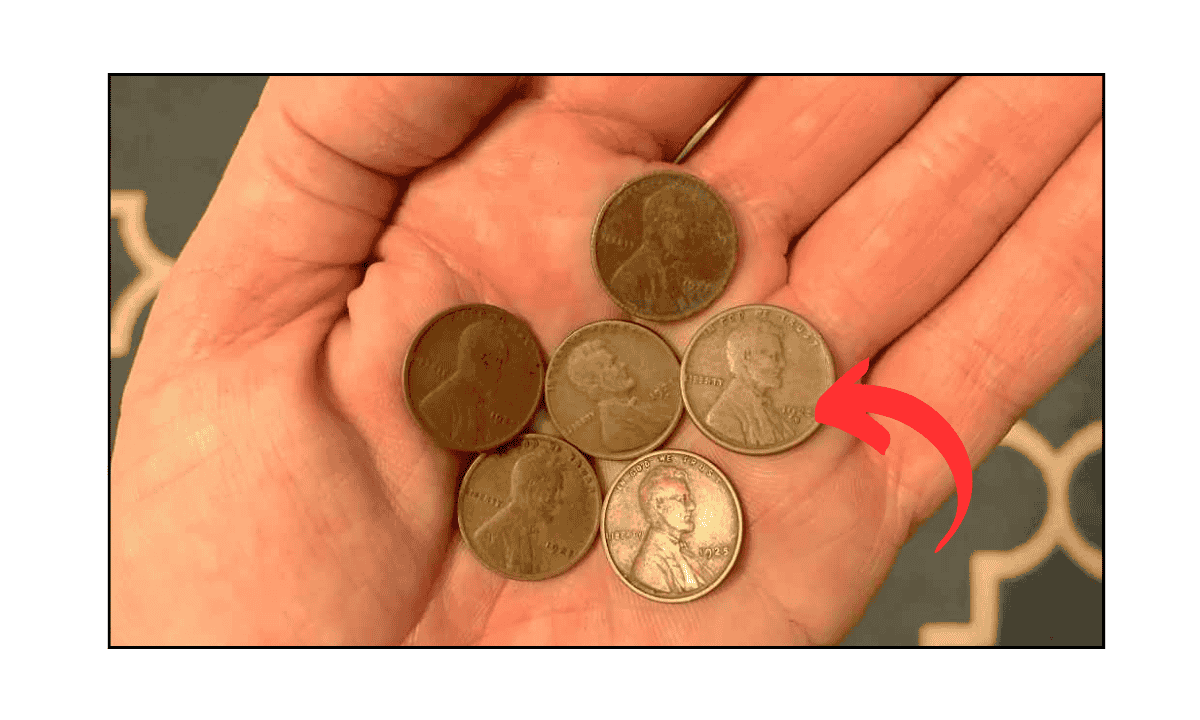Imagine finding a rare coin worth $4.5 million in your spare change! The Lincoln Wheat Penny, first minted in 1909, remains one of the most sought-after coins by collectors. While most of these pennies are only worth a few cents, a few rare editions are worth millions—and some of them are still in circulation today!
Let’s explore why this penny is so valuable, how to identify one, and whether you might have a hidden fortune in your pocket.
Table of Contents
What Makes the Lincoln Wheat Penny Valuable?
Several factors determine the value of a Lincoln Wheat Penny:
- Mint Year & Errors – Some years had printing errors or limited production, making certain pennies incredibly rare.
- Mint Mark (Location of Minting) – Coins from San Francisco (S), Denver (D), or Philadelphia (no mint mark) have different values.
- Condition & Grade – A well-preserved coin is worth much more than a worn one.
- Material Composition – Some were mistakenly printed on bronze instead of steel or vice versa, making them highly valuable.
The .5 Million Lincoln Wheat Penny: Why So Expensive?
One of the most valuable pennies ever found is a 1943 Bronze Lincoln Wheat Penny, which sold for $4.5 million at auction.
Why is it so rare?
- In 1943, the U.S. Mint switched to zinc-coated steel pennies due to wartime copper shortages.
- However, a few bronze pennies (made from leftover 1942 blanks) were accidentally minted.
- These rare 1943 bronze pennies are among the most expensive coins in U.S. history.
How many exist?
Experts believe only 15 to 20 genuine 1943 bronze pennies exist today, but some may still be circulating undetected.
How to Identify a Valuable Lincoln Wheat Penny
If you want to check your pennies, here’s what to look for:
1. Check the Year
Look for 1943 Lincoln Pennies—if it’s made of bronze instead of steel, it could be worth millions.
Tip: A real 1943 bronze penny will not stick to a magnet (fake versions often do).
2. Look for Mint Marks
Mint marks are located below the date on the penny. Some rare and valuable editions include:
- 1943 Bronze (No Mint Mark) – Philadelphia Mint
- 1943-D Bronze – Denver Mint
- 1943-S Bronze – San Francisco Mint
3. Search for Printing Errors
Some Lincoln Wheat Pennies have errors, such as double-die strikes, off-center prints, or unique defects. These can increase the coin’s value significantly.
4. Check for Other Rare Years
While 1943 bronze pennies are the most famous, other rare and valuable Lincoln Wheat Pennies include:
- 1909-S VDB Penny – Worth up to $100,000+
- 1914-D Penny – Worth up to $150,000
- 1922 No D Penny – Worth up to $80,000
- 1955 Double Die Penny – Worth up to $50,000
The next time you check your pocket change, piggy bank, or old coin collection, keep an eye out for a Lincoln Wheat Penny—you might just hold a fortune in your hands!
If you think you’ve found a rare penny, take it to a professional coin appraiser to verify its authenticity. Who knows? Your next Lincoln Wheat Penny could be worth millions!
FAQ’s
Why is the 1943 Lincoln Wheat Penny worth $4.5 million?
In 1943, pennies were supposed to be made of steel due to wartime copper shortages. However, a few were mistakenly minted in bronze, making them extremely rare and valuable.
How can I tell if I have a valuable 1943 bronze penny?
A real 1943 bronze penny will not stick to a magnet, unlike the common steel version. You should also check the mint mark and consult a coin expert.
Are there other valuable Lincoln Wheat Pennies?
Yes! Rare editions include the 1909-S VDB penny, 1914-D penny, 1922 No D penny, and the 1955 Double Die penny, which can be worth thousands of dollars.
How many 1943 bronze pennies exist?
Experts estimate that only 15 to 20 genuine 1943 bronze pennies exist today, making them one of the rarest U.S. coins.
Where can I sell a valuable Lincoln Wheat Penny?
If you believe you have a rare penny, take it to a professional coin dealer, auction house, or numismatic expert for appraisal and authentication.













